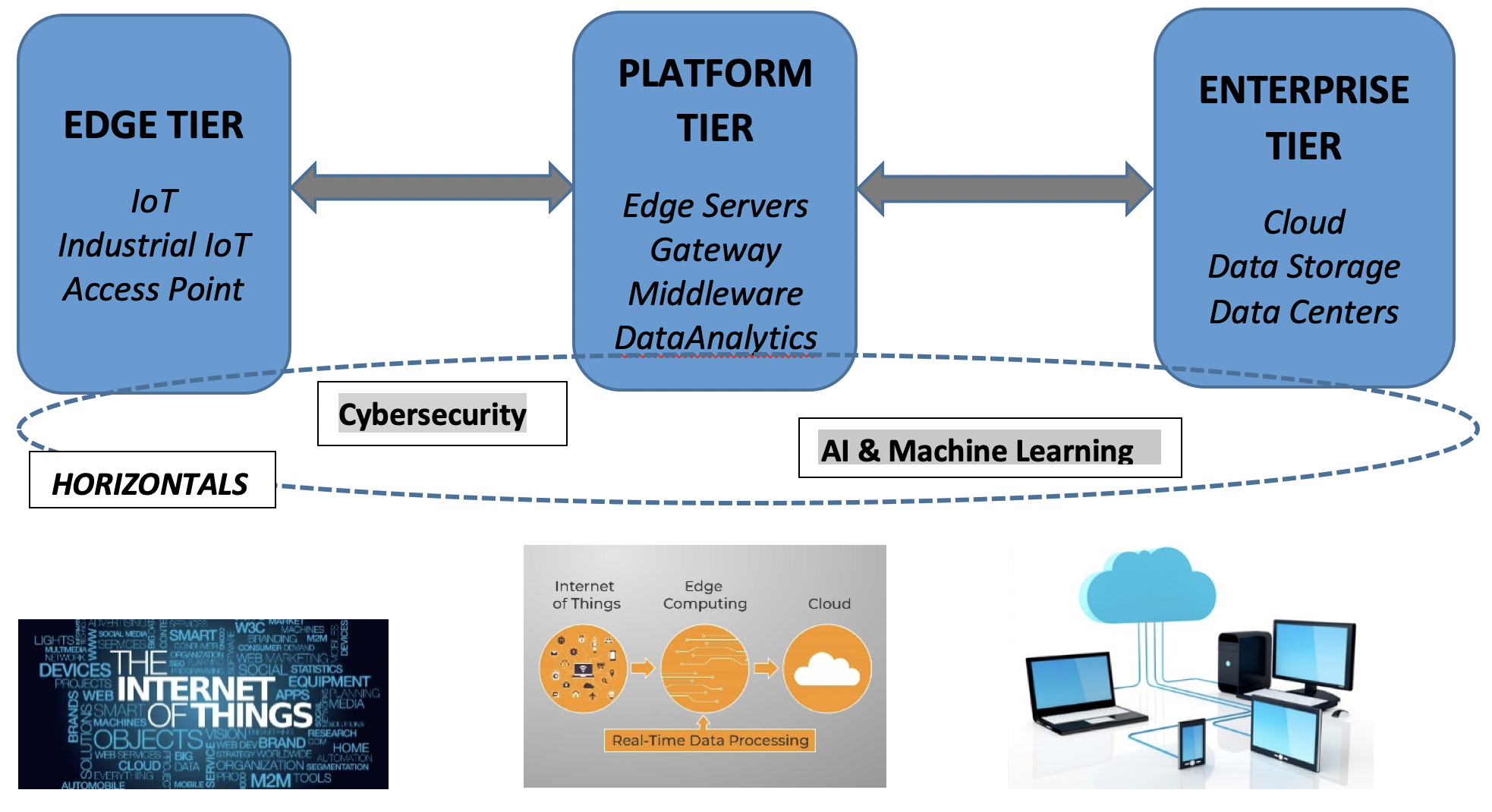Digitization as a Service (DaaS) is complex and involves a plethora of technologies and services. DaaS includes several stakeholders. It relies heavily on IT integration with different business units from back-end to front-end, and requires continuous monitoring and adjustment for sustained success. What customers experience is the result of multiple, interrelated business processes. These interrelationships and customer requirements are all evolving rapidly.
DaaS have numerous advantages. Some of the key advantages are listed below:
- Connected Ecosystem
- Cost-effectiveness
- Flexibility
- Scalability
- Adaptability
- Efficient Manageability
- Seamless Integration between diverse and heterogeneous IT systems
- Seamless Integration between IT and OT
- Co-creation of Knowledge, IP and Processes
With the advances in cloud for data storage and security, Artificial Intelligence (AI) for process automation and business insights, and the internet of things (IoT) and mobile technologies that enable human-centred computing, DaaS is no longer a one-time engagement; it is a continued transformation journey that can offer a plethora of benefits. We describe a few benefits in this section.
- There was a time when firms would first decide to improve a particular operational process, say HR, enterprise resource allocation, or sales. They would then purchase technology such as ERP software and hire service providers such as management consultants to implement the change. However, the improvements, even when successful, were often isolated and rarely involved organizational changes. Often, once the technology was purchased and the consultants left, firms were left stranded without a coherent and long-term plan, and millions of dollars of systems and data were left under-utilized. Thanks to DaaS, this has now changed and the digital ecosystem is completely connected now.
- Seamlessly merges business services, technology, and hardware providers through industry-vertical platforms. These providers now become partners for continued problem-solving and process improvement.
- Cost-effectiveness and scalability – firms can get started on transformation quickly without substantial upfront investment in infrastructure and maintenance – infrastructure that will likely change very quickly in today’s environment. Resource needs can be scaled easily via elastic cloud computing.
- Secure, cloud-based computing aligns well with the flexibility and mobility of the current workforce.
Daassta
tisti
cs
DaasAdv
antag
es
DaasNee
ds





